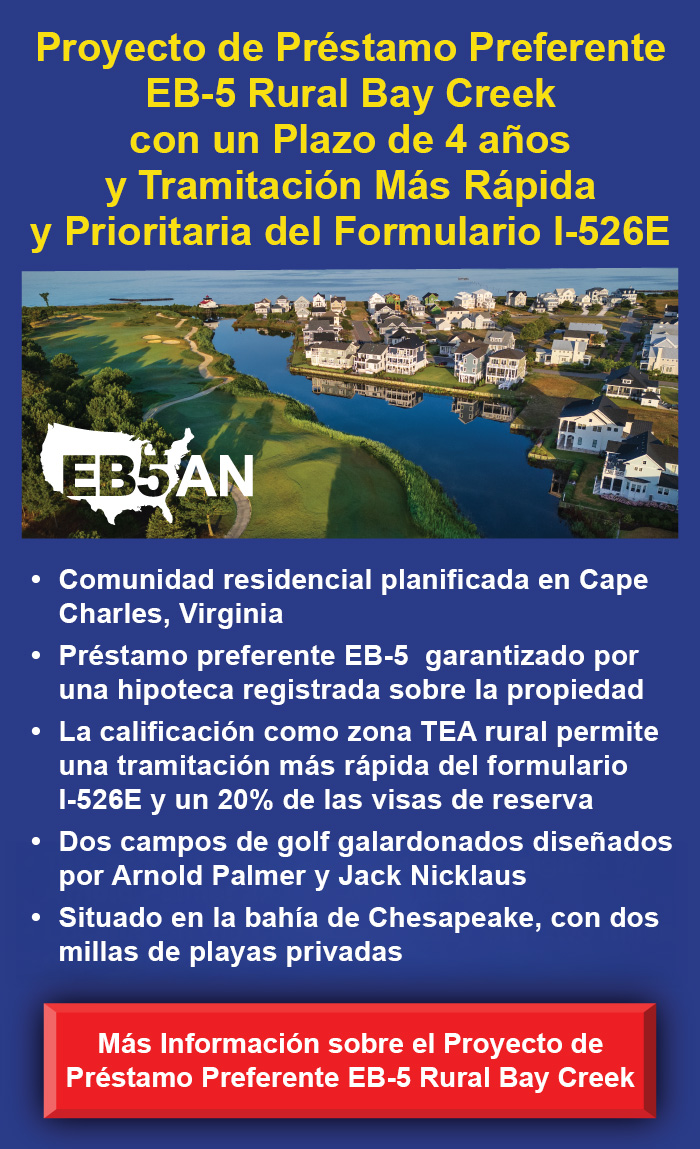Directly following a new Chinese national security law targeting the autonomous region of Hong Kong, the U.S. president signed the Executive Order on Hong Kong Normalization in July 2020. His order eliminates any special treatment by the United States that Hong Kong may have received as a separate nation from China. One important issue affected by these actions is immigration. Where immigrating Hong Kongers previously enjoyed the privilege of funneling through separate immigration channels from Chinese immigrants, they will now fall in line behind other Mainlanders.
Hong Kong EB-5 Investors Now Subject to Chinese Backlogs
Specifically concerning the EB-5 Immigrant Investor Program, Hong Kong investors now face an extremely large setback: the Mainlander backlog. By July 30, 2020, all agencies, including USCIS, that are impacted by the new U.S. policy were required to update their regulations accordingly. This leaves Hong Kong’s EB-5 investors suddenly leashed to a very lengthy timeline.
They have lost their special EB-5 program status, until one of two things happen, although neither are guaranteed:
- The United States introduces additional legislation regarding the special treatment of Hong Kong residents.
- The July 2020 executive order is reversed.
The changes are bad news not only for Hong Kong investors but also Mainland Chinese applicants because now all Chinese EB-5 investors are now forced to deal with the massive backlogs preventing them from moving forward on their path to U.S. permanent resident status.
What EB-5 Investors from Hong Kong Can Do
The new policy may very well result in severe disruption in the lives of Hong Kong-based EB-5 investors. Investors who were already in the system prior to the legislation change may have expected the EB-5 immigration process to take two or three years. Now, however, those same investors may wind up waiting more than five years.
These massive legislative changes are an important reason for Hong Kong applicants to get in touch with an experienced immigration attorney for advice. Legal counsel can provide them with guidance on their best next steps, depending on where they are in the EB-5 investment process.
Hong Kong’s current and prospective EB-5 investors alike will need to make adjustments to their plans. For EB-5 hopefuls, investment planning should now take into consideration the extended wait times expected from being included in the pool of Chinese Mainlander applicants. And all investors intending to secure U.S. green cards for their children must also be aware of expanded timelines. Generally speaking, children of EB-5 investors are protected from “aging out” because the processing time for their I-526 petition is subtracted from the child’s age when determining eligibility. However, the longer the wait, the greater number of opportunities the entire family misses. Furthermore, depending on how close a child is to adulthood, life events may quickly change the dynamic of an EB-5 investor’s green card requests. A child could marry or develop business ties at home prior to having U.S. permanent residency granted. Not only could they lose eligibility, but the children may also simply lose interest in an EB-5 visa.
The political climate in the United States proves changes can happen at any time, but right now, EB-5 investors based in Hong Kong should seek consultation with their attorney in order to ensure a way to align new regulations with the achievement of their immigrant investment goals.


